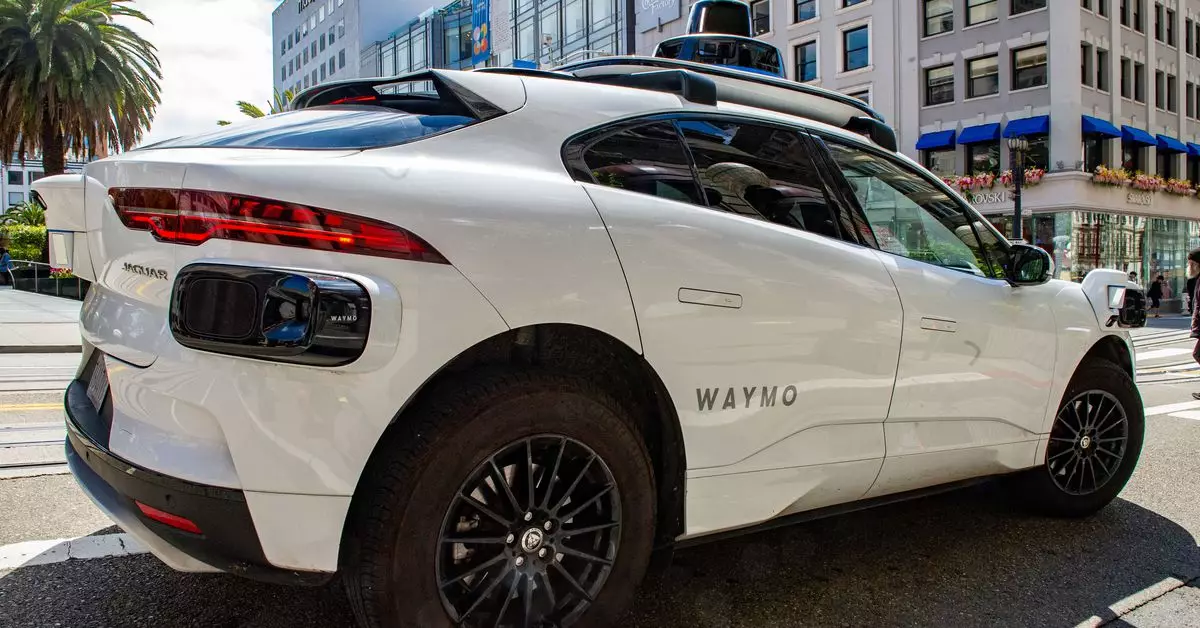The journey of autonomous vehicles has been marked by numerous milestones, and Waymo’s recent announcement of launching its operations in Tokyo signifies a substantial leap as it ventures into its first international territory. This step raises intriguing questions regarding the technological and sociocultural adaptability of self-driving technologies in diverse environments.
Waymo describes its foray into Japan as an exploratory mission aimed at gathering data about driving nuances relevant to the local context. With the country’s distinct left-hand traffic rules and complex urban landscapes, Tokyo presents a plethora of challenges that differ markedly from the environments in which Waymo’s vehicles traditionally operate in the United States. Unlike typical testing procedures where a company may operate vehicles in wholly controlled settings, Waymo’s approach in Tokyo involves both manually driven and possibly autonomous functions, intended to gather extensive mapping data.
The collaboration with Nihon Kotsu, a local taxi fleet operator, exemplifies a strategic decision to partner with established local entities. This move not only aids in the collection of relevant data but also ensures adherence to local regulations and community outreach, vital for an enterprising technology firm attempting to gain trust in a foreign market. The decision to geofence operations to specific neighborhoods like Minato and Shinjuku underscores an understanding of situational constraints and a measured approach to system deployment.
The partnership with GO, a prevalent taxi app in Japan, hints at Waymo’s plans to seamlessly integrate into existing mobility ecosystems. This is a pivotal divergence from previous practices in the U.S., where Waymo has been primarily self-reliant. The implications of this model could lead to enhanced user experiences, applicable not just for consumers but also for the taxi industry at large, enabling them to leverage cutting-edge technology without necessarily investing heavily in R&D.
However, the trajectory remains hesitant. Waymo has declared no immediate plans to introduce a ride-hailing service in Tokyo, indicating a careful approach to the complexity of the city’s the transportation landscape. This cautious attitude may be justified considering that local consumer behavior, regulatory frameworks, and societal acceptance north of the Pacific are markedly different from their American counterparts.
The strategic timing of Waymo’s announcement reflects not just an ambition but also an adaptive response to a shifting global landscape for autonomous vehicles. With companies in the U.S. reconsidering their investments in robotaxi projects, Waymo’s confidence could raise eyebrows. Traditional titans of the automotive industry, such as General Motors, are recalibrating their strategies, pivoting to enhanced assistance technologies rather than risky full autonomation projects.
Additionally, Japanese automobile giants like Toyota and Nissan are focusing their robotaxi pilot programs overseas, notably in China, indicating that the domestic market is still fraught with uncertainties. Waymo’s active exploration in Tokyo may serve as a counter-narrative, an assertion that the company is willing to fill the air with possibilities where others have chosen caution.
Waymo’s operational strategy, involving trained autonomous specialists and plans for a phased transition towards hands-free driving, sheds light on a balanced approach to innovation. Safety remains paramount, as evidenced by the insistence on having safety drivers during the preliminary phases. Although it remains to be seen whether this will lead to completely driverless services, the concept itself is alluring, and the potential of integrating such services within urban environments is enormous.
As Waymo embarks on this venture, it is crucial for them to continuously innovate while remaining receptive to the perspectives and needs of local communities. Only time will determine if this journey paves the way toward a sustainable robotaxi service, but for now, their proactive exploration of Tokyo markets could serve as a foundational stone for future expansions in international territories. The world of autonomous transportation is evolving, and Waymo’s ventures may just be the catalyst needed to foster a new era of mobility both in Japan and beyond.

